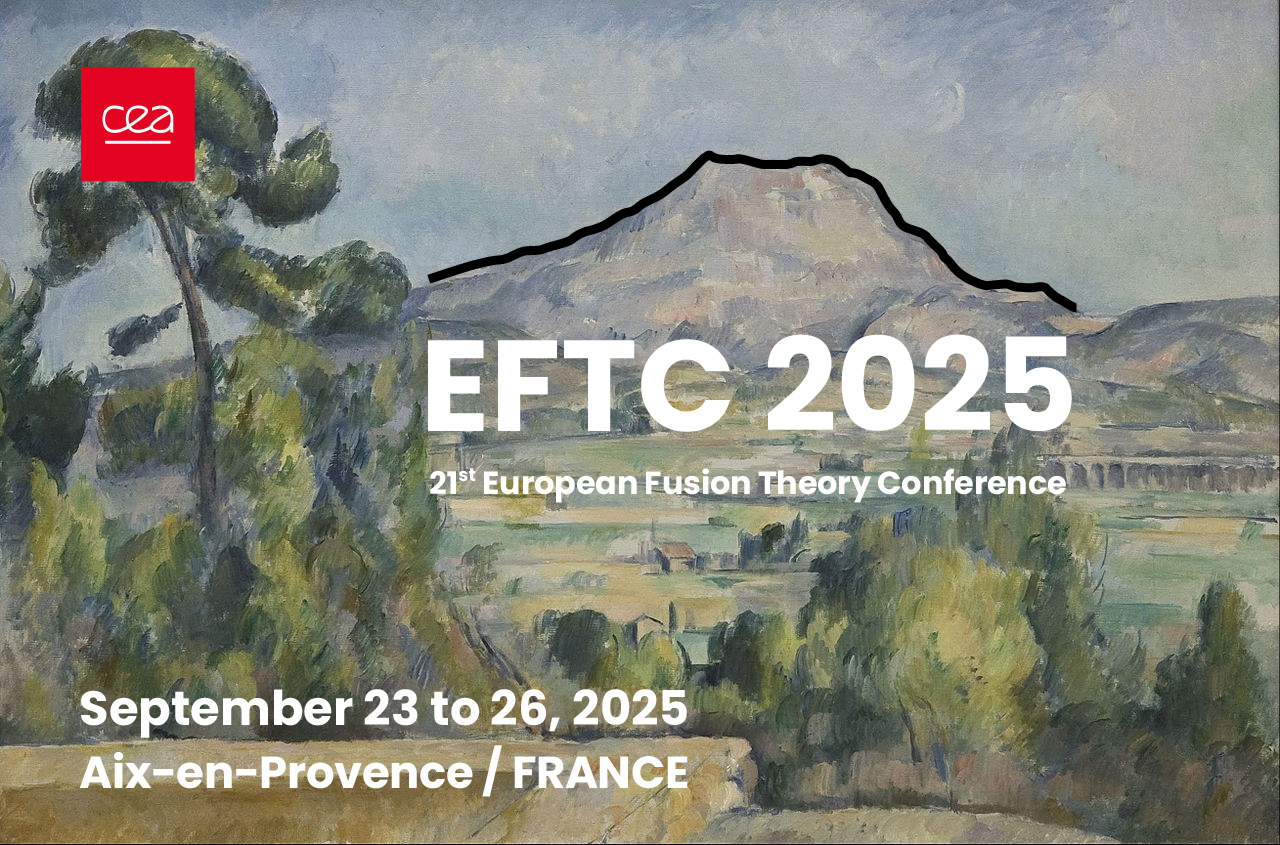Speaker
Description
Pellet refuelling will be a key technique for sustaining plasma density in future fusion reactors based on the stellarator concept. Although this method is more mature in tokamak experiments, the departure from axisymmetry in stellarators introduces unique challenges and opportunities that remain poorly understood.
Here, the stellarator extension of the 3D nonlinear MHD code JOREK is used to investigate the radial drift of a fully ionised pellet. Since this radial drift depends on the pressure evolution inside the pellet-produced plasmoid, the parallel expansion strongly influences the radial deposition of the new material. Therefore, special care must be taken to accurately model the heating of the plasmoid by hot background plasma particles, which drives the parallel expansion.
The long electron mean free path expected in the core of future reactors means that non-local heating by nearly free-streaming electrons must be considered in our fluid model. Two non-local heating schemes are newly implemented and verified against analytic theory. The new heating scheme is then applied to W7-A-like stellarator configurations, where the radial drift following full pellet ionisation is investigated.

